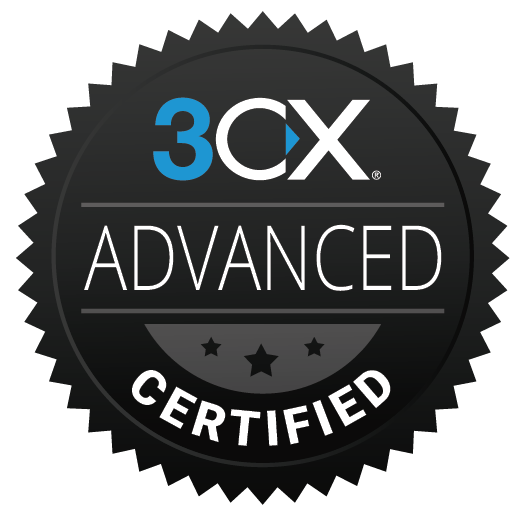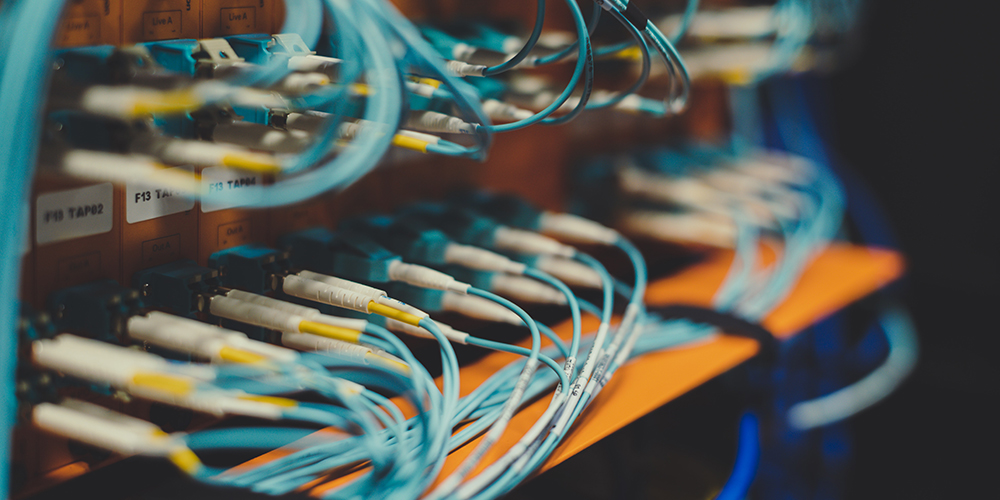Whether you work in a technology-related field or not, you may have heard the term “Internet of Things,” or “IoT” used here and there, and wondered what it could possibly mean. After all, the internet is already an internet filled with “things”. However, the specific term “Internet of Things” has grown to have it’s own unique meaning, one that’s slightly more complex than it sounds. So, what exactly is the Internet of Things, or IoT?
Technically speaking, the Internet of Things, or IoT, describes the network of physical objects—“things”—that are embedded with sensors, software, and other technologies for the purpose of connecting and exchanging data with other devices and systems over the internet. The term IoT, or Internet of Things, refers to the collective network of connected devices and the technology that facilitates communication between devices and the cloud, as well as between the devices themselves.
In layman’s terms, this means that the “Internet of Things” refers to the interwoven web of data created by a throng of devices that collect the data and send it to another place. This network is not limited to data retrieved from computers, phones, and tablets. Everyday devices like electric toothbrushes, vacuums, cars, and other machines can all use sensors to collect data and respond intelligently to users.
Thanks to the advent of inexpensive computer chips and high bandwidth telecommunication, we now have billions of devices connected to the internet. This means the Internet of Things integrates countless everyday “things” with the internet.
Computer engineers have been adding sensors and processors to everyday objects since the 90’s. However, progress was initially slow because the chips were big and bulky. Low power computer chips called RFID tags were first used to track expensive equipment. As computing devices shrank in size, these chips also became smaller, faster, and smarter over time. The cost of integrating computing power into small objects has now dropped considerably. A whole industry has sprung up with a focus on filling our homes, businesses, and offices with IoT devices. These smart objects can automatically transmit data to and from the Internet. All these “invisible computing devices” and the technology associated with them are collectively referred to as the Internet of Things.
Examples of IoT Devices
Connected Vehicles
There are many ways vehicles are integrated in the Internet of Things, and ways that data is transmitted to the internet from the vehicle. This can be through smart dashcams, infotainment systems, or even the vehicle’s connected gateway. These systems collect data from numerous different parts of the vehicle to monitor both driver performance and vehicle health. Connected cars have a range of uses that includes monitoring rental car fleets to increase fuel efficiency and reduce costs, helping parents track the driving behavior of their children, notifying friends and family automatically in case of a car crash, and even predicting and preventing vehicle maintenance needs.
Connected Homes
IoT home devices are mainly focused on improving the efficiency and safety of the house, as well as improving home networking. Devices like smart outlets monitor electricity usage and smart thermostats provide better temperature control. Hydroponic systems can use IoT sensors to manage the garden, while IoT smoke detectors can detect tobacco smoke. Home security systems like door locks, security cameras, and water leak detectors can detect and prevent threats, and send alerts to homeowners.
Connected devices for the home can be used for automatically turning off devices not being used, rental property management and maintenance, finding misplaced items like keys or wallets, and automating daily tasks like vacuuming, making coffee, etc.
Smart Cities
Internet of Things, or IoT applications have made urban planning and infrastructure maintenance more efficient. Governments are using IoT applications to tackle problems in infrastructure, health, and the environment. IoT applications can be used for measuring air quality and radiation levels, reducing energy bills with smart lighting systems, detecting maintenance needs for critical infrastructures such as streets, bridges, and pipelines, and increasing profits through efficient parking management.
Smart Buildings
Buildings such as college campuses and commercial buildings use Internet of Things applications to drive greater operational efficiencies. IoT devices can be use in smart buildings for reducing energy consumption, lowering maintenance costs, and utilizing work spaces more efficiently.
How Does the Internet of Things Work?
A typical Internet of Things (IoT) system works through the real-time collection and exchange of data. An IoT system has three components:
Smart Devices
This is a device, like a television, security camera, or exercise equipment that has been given computing capabilities. It collects data from its environment, user inputs, or usage patterns and communicates data over the internet to and from its IoT application.
IoT Application
An IoT application is a collection of services and software that integrates data received from various IoT devices. It uses machine learning or artificial intelligence (AI) technology to analyze this data and make informed decisions. These decisions are communicated back to the IoT device and the IoT device then responds intelligently to inputs.
A Graphical User Interface
The IoT device or fleet of devices can be managed through a graphical user interface. Common examples include a mobile application or website that can be used to register and control smart devices.
What are the Benefits of the Internet of Things (IoT) in Business?
Accelerate Innovation
The Internet of Things (IoT) gives businesses access to advanced analytics that uncover new opportunities. For example, businesses can create highly targeted advertising campaigns by collecting data on customer behavior, turn data into insights and actions with AI and ML , and collect data and historical trends that can be used to predict future outcomes. For example, warranty information can be paired with IoT-collected data to predict maintenance incidents. This can be used to provide customer service proactively and build customer loyalty.
Increase Security
Continuous monitoring of digital and physical infrastructure can optimize performance, improve efficiency and reduce safety risks. For example, data collected from an onsite monitor can be combined with hardware and firmware version data to schedule system updates automatically.
Scale Differentiated Solutions
IoT technologies can be deployed in a customer-focused way to increase satisfaction. For example, trending products can be restocked promptly to avoid shortages.
How ComRes Can Help
For more information on how your business can benefit from the Internet of Things, or IoT, contact ComRes today! Ensure that your business technology needs are being met and maintained properly by letting professionals do the hard work. Call us today at 954-462-9600 or fill out our online form to find out the best ways to elevate your business technology with the most up-to-date telecommunications products and services.








